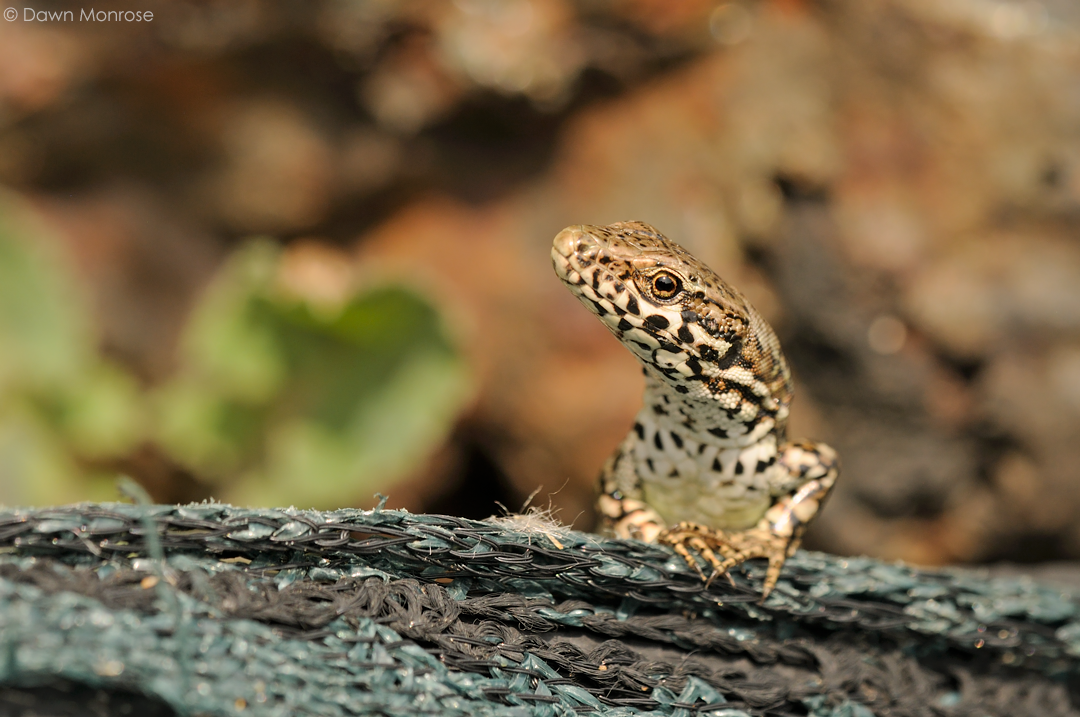Jurassic gardens
Don’t move. He can’t see us if we don’t move.
The reptile tips his head. Patterned scales glint in the sun, golden eye, unblinking, watches us, time slows. But we’re not keeping still because we’re trying to avoid becoming a dinosaur’s dinner. We’re not moving so we don’t disturb the mini velociraptor in front of us. I’m being dramatic. This little lizard is about as far removed from a dinosaur as you and I, but they do look the part.
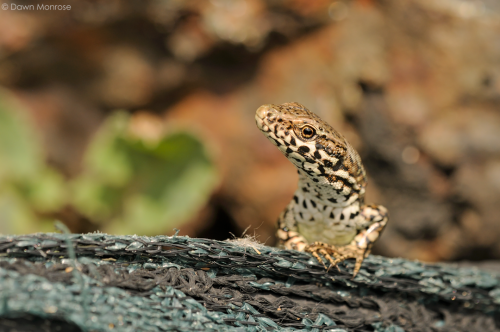
We have 3 native lizard species in the UK: the glorious golden Common or Viviparous Lizard, Zootoca vivipara, (feature of my last blog post), often found on the nature reserve boardwalk. The Slow Worm, Anguis fragilis, neither slow nor a worm, but a legless lizard, denizen of the compost heap, friend of the gardener, hunter of slugs. Thirdly, the rare and threatened Sand Lizard, Lacerta agilis, males a vivid green at breeding time and restricted to just a handful of southern sand dunes and heaths, and highly protected. The lizard in front of me now though, is none of these, and no, I’m not on holiday. I’m firmly in England. Suffolk to be precise.
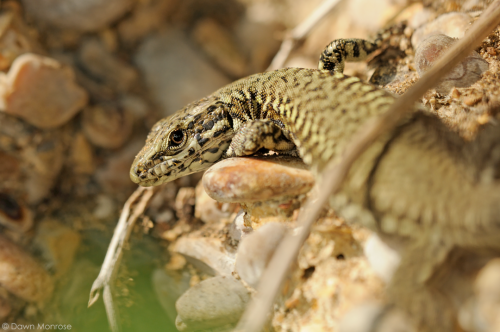
This is a Common Wall Lizard (or European Wall Lizard) Podarcis muralis, non native, but somehow scurrying around this seaside town, bringing a touch of the Med to sunny Suffolk. Native to Europe as you may have guessed, this species has a quite a wide natural distribution, but has been introduced, either accidentally in imported goods like plants, or escapes from collections, or on purpose, to locations as far afield as Ohio in the US, as well as various places in southern Britain, such as Ventnor on the Isle of Wight.
Here in Felixstowe, these lizards were first recorded in 2007, and have made themselves right at home amongst the rocky cliffs of the quite lovely Pavilion Gardens. Warm and stony it is the perfect place for a sun loving lizard. What fascinates me is how the majority of people walk past without noticing an up to 20cm long reptile basking on a rock or scurrying across the path. Perhaps the local icecream is just that good it demands full attention!
It’s not all holiday vibes though. There’s a serious side too. Introducing non native species can have a disastrous effect on our native wildlife. These non native lizards have the potential to outcompete the natives, or even spread disease. Luckily this particular colony is rather isolated, with little chance of disperal due to lack of habitat connectivity within the urban environment.
Superficially similar in appearance to our native Viviparous Lizard, there are a few key features to look for. The Wall Lizard has a narrower, more pointed snout and is longer in overall length, (Wall Lizard around 20cm and Viviparous Lizard around 15cm long), with eyes set higher on the head and a very long tail. The Wall Lizard is extremely agile too, able to run up a vertical surface.
Here’s a side by side comparsion, our native Viviparous Lizard first, and the European Wall lizard below it.
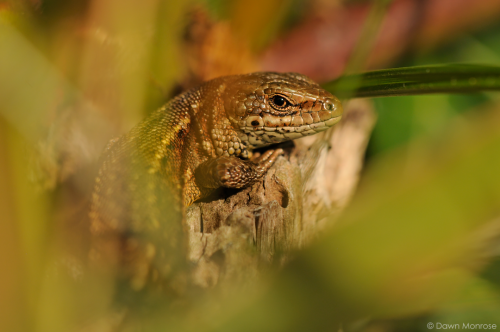
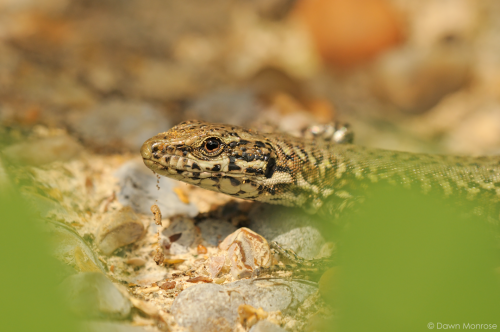
They’re both pretty cute in my opinion!
For more information you can take a look here: https://surrey-arg.org.uk/SARGWEB.php?app=PmColony&Site=Felixstowe
The Amphibian and Reptile Conservation Trust is a fantastic organisation, well worth a look here too: https://www.arc-trust.org/
If you spot any reptiles or amphibians, please do record them here: https://www.recordpool.org.uk/

